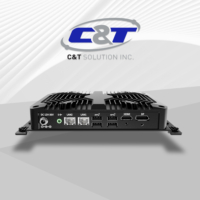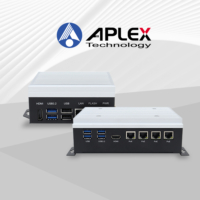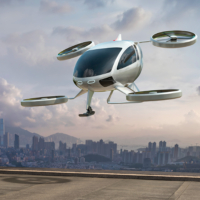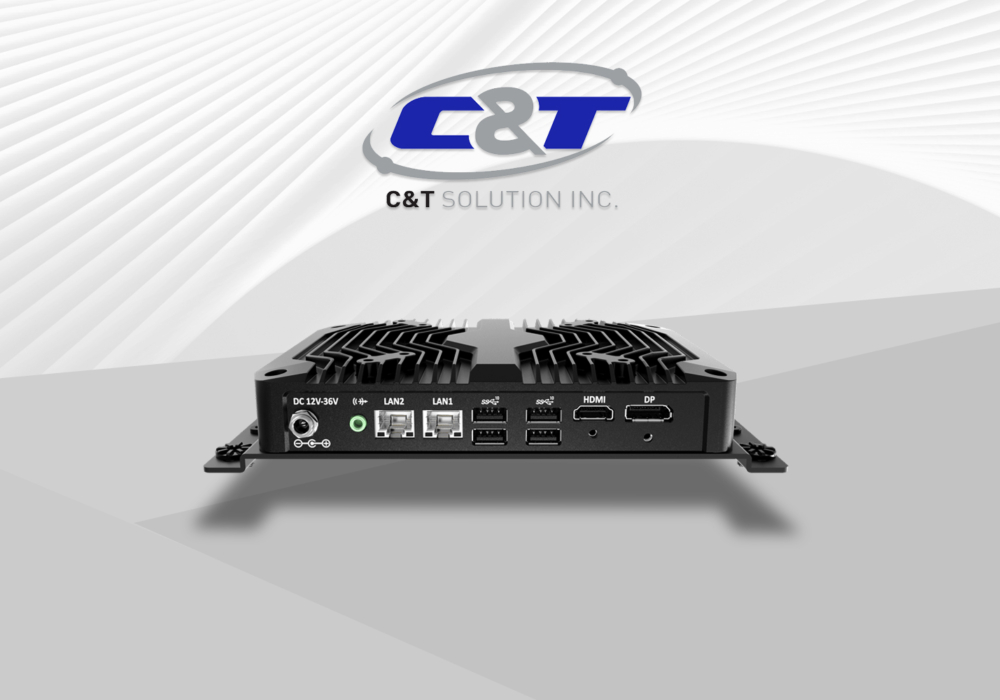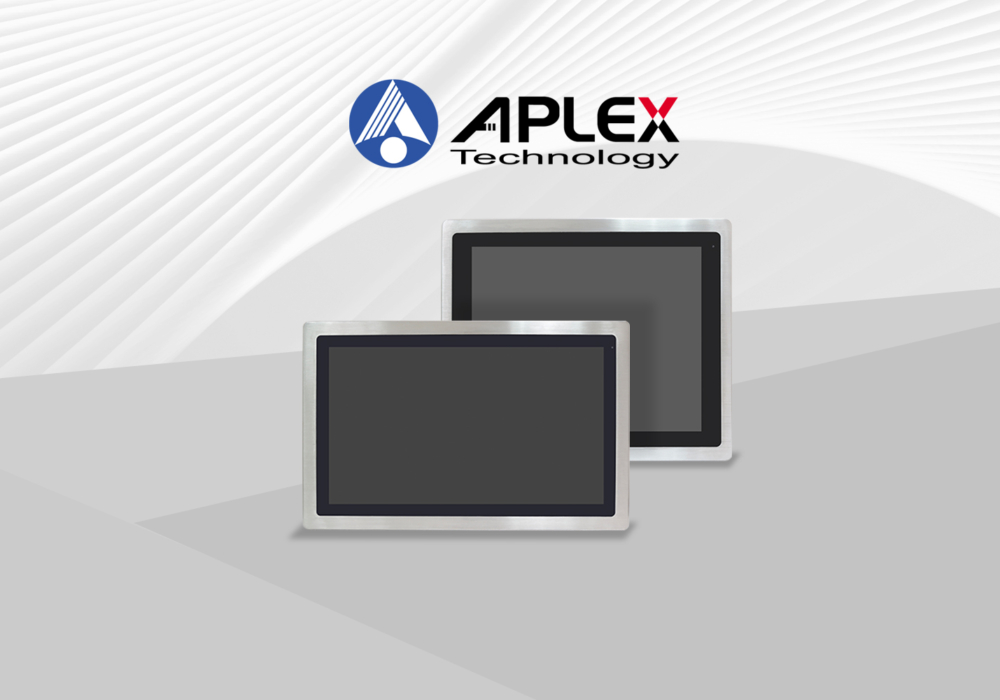En este artículo:
- Introducción
- De la arquitectura von Neumann a los chips neuromórficos
- Innovaciones punteras en informática neuromórfica
- Ventajas y beneficios de la computación neuromórfica
- Perspectivas de futuro y aplicaciones
- Conclusión
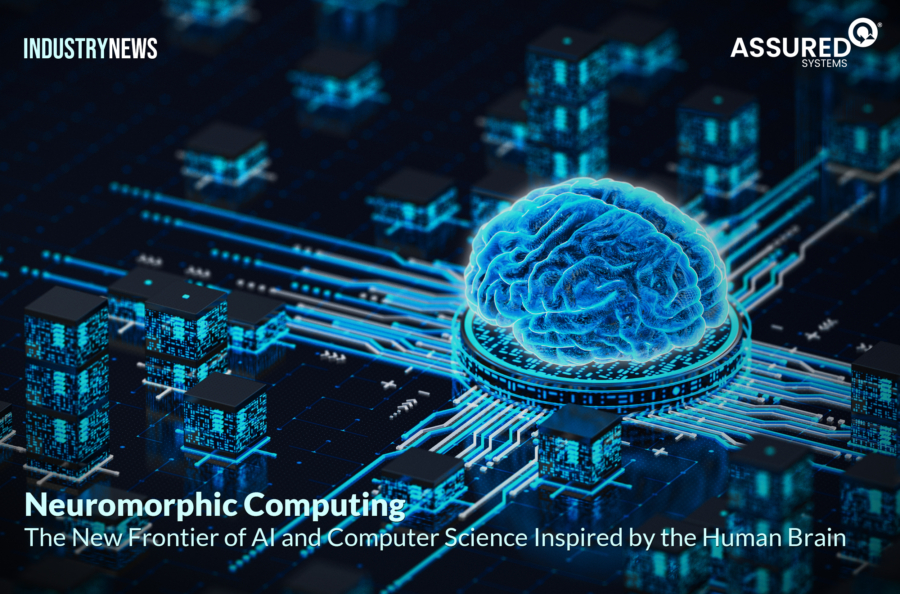
Introducción
La computación neuromórfica representa una evolución revolucionaria de la informática y la inteligencia artificial (IA). Inspirada en la estructura y el funcionamiento del cerebro humano, esta tecnología de vanguardia puede revolucionar la forma en que las máquinas aprenden, procesan la información e interactúan con su entorno.
La estructura de la computación neuromórfica
La base de la computación neuromórfica es su intento de replicar la estructura biológica de las neuronas y las sinapsis en un circuito integrado. Para entenderlo mejor, exploremos la biología que imita.
Las neuronas son células especializadas del sistema nervioso que transmiten información mediante señales eléctricas y químicas. Estas señales permiten la comunicación dentro del cerebro y entre éste y el resto del cuerpo. Una neurona consta de varios componentes clave:
- Dendritas: estructuras en forma de rama que reciben señales de otras neuronas. Algunas dendritas tienen pequeñas proyecciones llamadas espinas, que mejoran la comunicación con las neuronas vecinas.
- Cuerpo celular (soma): La parte central de la neurona donde se produce el cálculo y el procesamiento.
- Axón: Un largo canal de comunicación que transmite señales a otras neuronas.
- Sinapsis: Uniones en las que se liberan señales químicas, denominadas neurotransmisores, que influyen en las neuronas cercanas.

La computación neuromórfica trata de emular estos componentes utilizando neuronas y sinapsis artificiales. Las neuronas artificiales funcionan de forma similar a sus homólogas biológicas, transmitiendo señales sólo cuando un impulso, o pico, supera un umbral de activación específico. Esta computación "basada en picos" reduce significativamente el consumo de energía en comparación con los sistemas informáticos tradicionales, que procesan la información de forma continua independientemente de la carga de trabajo.
Las sinapsis artificiales, por su parte, reproducen las conexiones entre neuronas. Ajustan su "peso" durante el aprendizaje, imitando la plasticidad sináptica, un mecanismo crucial del cerebro humano.
De la arquitectura von Neumann a los chips neuromórficos
La arquitectura von Neumann, que ha sido la base de los sistemas informáticos tradicionales durante más de medio siglo, se basa en un enfoque secuencial y determinista. Separa las unidades de procesamiento de la memoria, lo que provoca limitaciones como latencia, alto consumo de energía y dificultad de escalado para aplicaciones que requieren procesamiento paralelo, como la IA y el aprendizaje automático.
La computación neuromórfica elimina estas limitaciones adoptando una arquitectura que refleja la estructura paralela y distribuida del cerebro. La información se procesa y almacena simultáneamente, lo que permite gestionar tareas complejas con mayor eficacia y rapidez. A diferencia de los sistemas tradicionales, que procesan la información de forma lineal, los chips neuromórficos siguen una representación no lineal, en la que los datos se procesan simultáneamente en varios nodos.
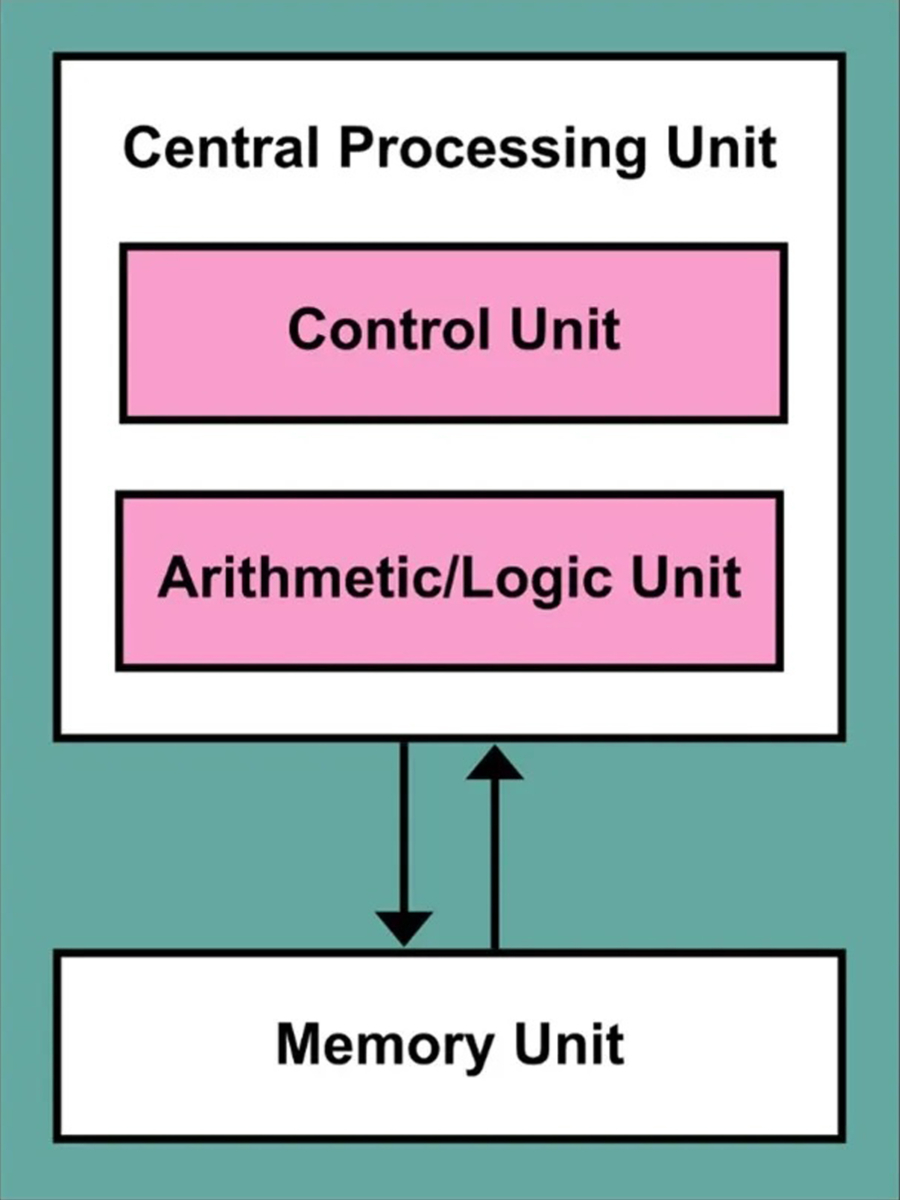
Innovaciones punteras en informática neuromórfica
Qualcomm Zeroth: Qualcomm ha sido pionera en computación neuromórfica a través de su proyecto Zeroth, integrando capacidades neuromórficas en sus procesadores Snapdragon. El chip Zeroth permite realizar operaciones avanzadas de IA directamente en los dispositivos móviles, eliminando la necesidad de procesar los datos en la nube. Esto reduce la latencia, aumenta la privacidad y mejora la eficiencia energética. Entre sus aplicaciones se incluyen el reconocimiento facial, el procesamiento del lenguaje natural y la detección de objetos en tiempo real.
Akida de BrainChip: El chip Akida de BrainChip es otra innovación en computación neuromórfica, diseñado para aplicaciones de IA en tiempo real como robótica, vehículos autónomos y vigilancia inteligente. Basado en la tecnología de redes neuronales con picos, Akida destaca por su eficiencia energética y su aprendizaje incremental, que permite a los sistemas adaptarse continuamente sin necesidad de un reentrenamiento completo. Esto lo hace especialmente valioso en entornos dinámicos, como los coches autónomos y la robótica avanzada.
Ventajas y beneficios de la computación neuromórfica
La computación neuromórfica ofrece una serie de ventajas que abordan algunos de los retos más acuciantes de la informática moderna:
- Eficiencia energética: Al adoptar la computación basada en picos y el procesamiento en memoria, los sistemas neuromórficos consumen mucha menos energía que las arquitecturas tradicionales. Esto los hace ideales para dispositivos móviles y portátiles, donde la eficiencia energética es fundamental, así como para sistemas de IA a gran escala, donde un menor consumo de energía se traduce en menores costes operativos e impacto medioambiental.
- Procesamiento paralelo: Los chips neuromórficos procesan la información en paralelo, de forma muy similar al cerebro humano. Esto les permite manejar grandes volúmenes de datos en tiempo real, reduciendo significativamente la latencia en comparación con los sistemas informáticos tradicionales.
- Superación del cuello de botella de von Neumann: Las arquitecturas tradicionales adolecen de una separación entre procesamiento y memoria que limita la velocidad y la eficiencia. Los sistemas neuromórficos integran estas funciones, permitiendo el procesamiento y almacenamiento simultáneos, lo que elimina este cuello de botella.
- Adaptabilidad y aprendizaje: Los chips neuromórficos adoptan una lógica probabilística y adaptativa. Esto les permite aprender y adaptarse a la nueva información sin necesidad de una reprogramación completa, lo que los hace muy adecuados para entornos dinámicos.
- Escalabilidad y tolerancia a fallos: Estos sistemas son intrínsecamente escalables y resistentes a los fallos, lo que garantiza un rendimiento constante incluso en condiciones difíciles.
- Aplicaciones en todos los sectores: Desde los vehículos autónomos hasta la robótica y la asistencia sanitaria, la computación neuromórfica ofrece un potencial transformador en sectores que requieren el procesamiento de datos y la toma de decisiones en tiempo real.
Perspectivas de futuro y aplicaciones
La transición de los sistemas basados en von Neumann a las arquitecturas neuromórficas marca un hito importante en la informática. A medida que las tecnologías neuromórficas maduren, se espera que redefinan las industrias y hagan posible una nueva generación de dispositivos inteligentes. Entre las aplicaciones potenciales figuran:
- Sanidad: Dispositivos médicos inteligentes capaces de monitorizar y diagnosticar en tiempo real.
- Vehículos autónomos: Sistemas de control con gran capacidad de respuesta para una navegación más segura.
- Robótica: Robots que interactúan de forma más natural con los humanos, utilizando el procesamiento de datos en tiempo real.
Internet de los objetos (IoT): Redes de sensores energéticamente eficientes para hogares y ciudades inteligentes.
Retos y líneas de investigación
A pesar de sus promesas, la computación neuromórfica se enfrenta a retos que es necesario abordar para su adopción generalizada. Uno de los principales obstáculos es el rediseño del software y los algoritmos para adaptarlos a esta nueva arquitectura. La mayoría de los sistemas actuales están adaptados al modelo von Neumann, lo que significa que el cambio a la computación neuromórfica exigirá una inversión significativa en nuevas herramientas y metodologías.
Otro reto es el propio hardware. Aunque empresas como Qualcomm y BrainChip han logrado avances significativos, el desarrollo de chips neuromórficos robustos y escalables que puedan superar a los procesadores tradicionales en todas las métricas sigue siendo un esfuerzo constante.
La investigación también se centra en mejorar la integración de los sistemas neuromórficos en los flujos de trabajo existentes. Se están estudiando enfoques híbridos que combinen arquitecturas tradicionales y neuromórficas para facilitar la transición y liberar todo el potencial de esta tecnología.
Conclusión
La computación neuromórfica representa un cambio transformador en la forma de diseñar y utilizar los sistemas informáticos. Al imitar el cerebro humano, aborda limitaciones clave de las arquitecturas tradicionales y abre la puerta a nuevas posibilidades en IA, robótica, sanidad y otros campos.
Aunque siguen existiendo retos, el desarrollo continuado de las tecnologías neuromórficas promete redefinir el futuro de la informática. A medida que avance la investigación y crezca su adopción, los sistemas neuromórficos podrían convertirse en la piedra angular de una era tecnológica más eficiente, adaptable e inteligente.
